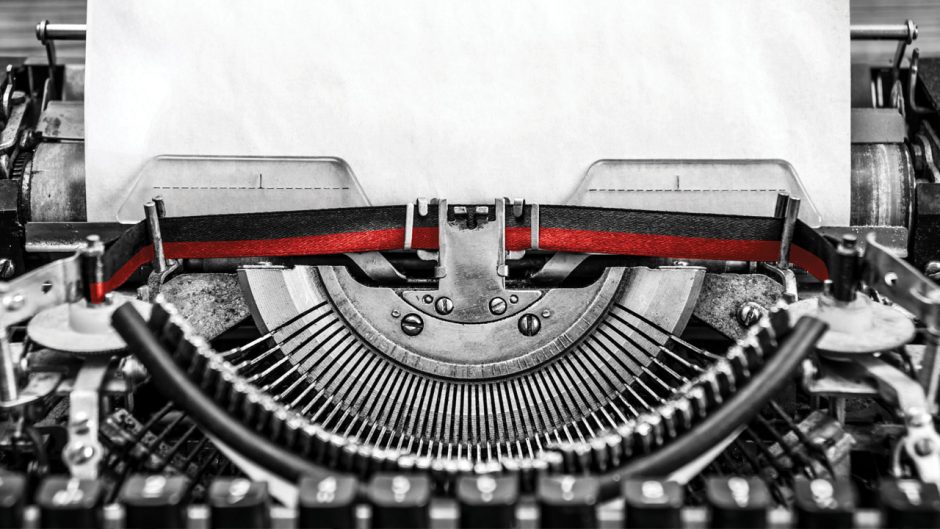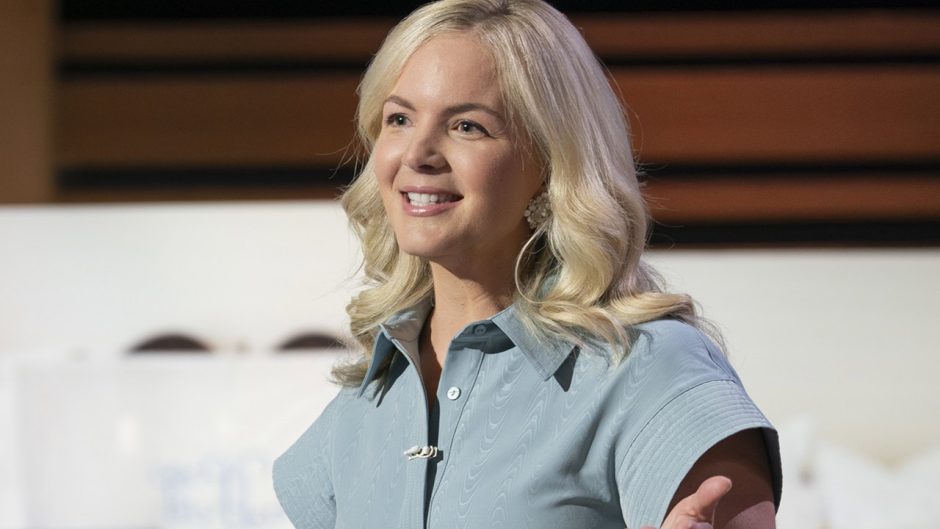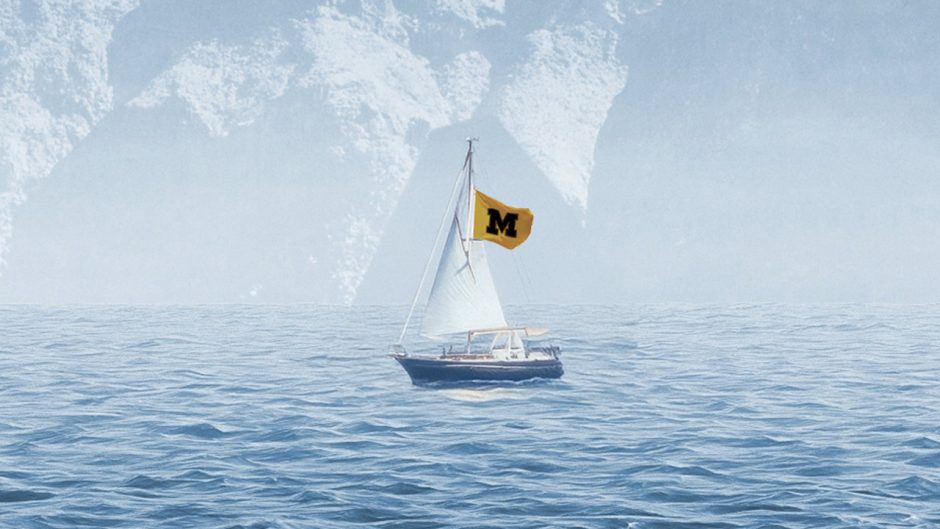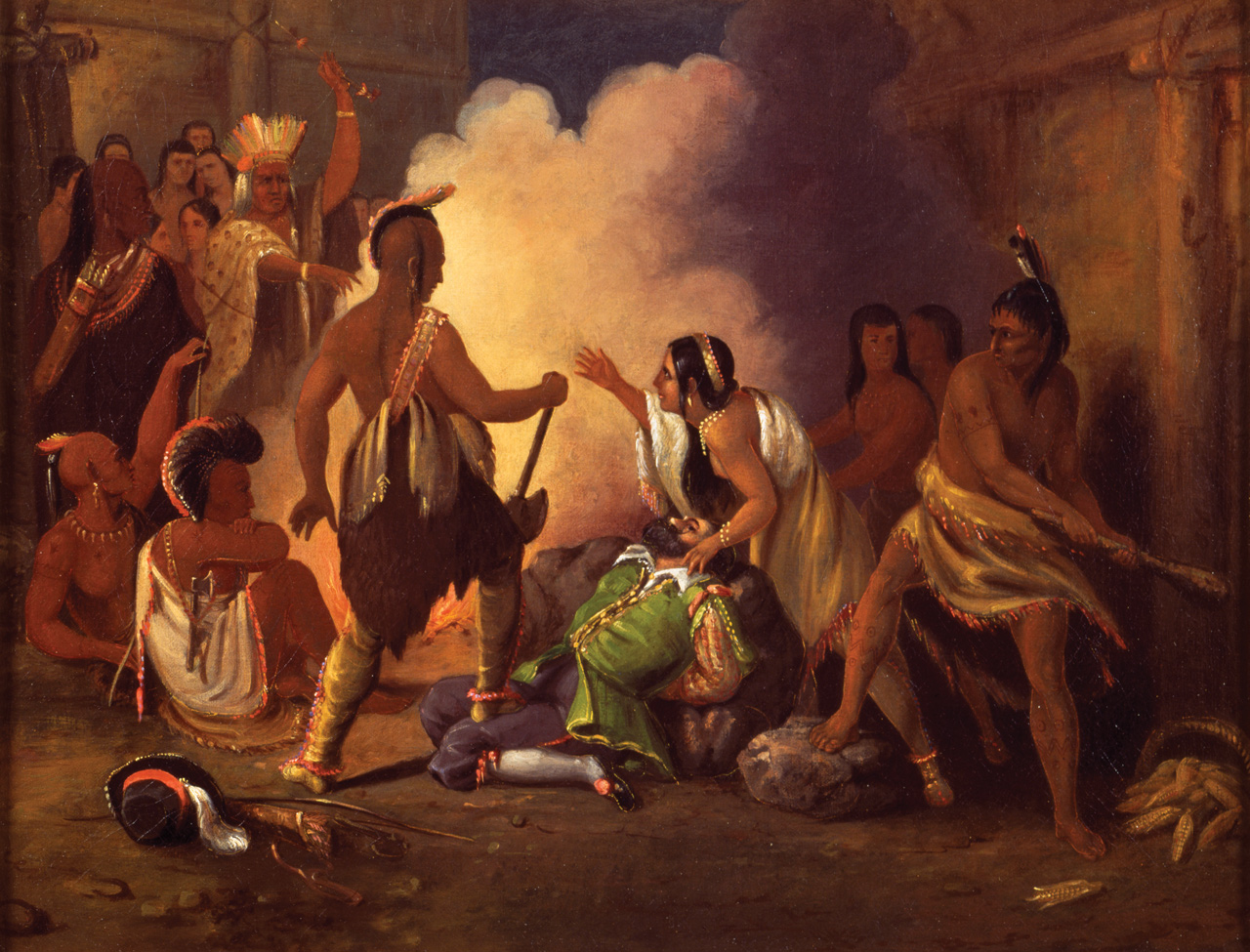
Scholars say depictions of Pocahontas bravely intervening on behalf of a settler may miss the mark. Pocahontas Saving the Life of Captain John Smith by John Gadsby Chapman, circa 1836-1840. ©New-York Historical Society
Published on Show Me Mizzou Jan. 7, 2020
Story by Carson Vaughan
Heading home didn’t mean what it used to — what it should have. So many others had been stripped from their tribes and displayed like exotic animals, but Pocahontas — just 20 years old — had crossed the ocean of her own accord. She’d married an English captain, conceived with him a child, converted to Christianity and taken a new name: Lady Rebecca Wolfe. And here in London, roughly 3,800 miles from Tsenacomaca, from her village in Chesapeake Bay, Lady Rebecca Wolfe was treated like royalty. Hosted by the Virginia Company, she attended lavish masques, dined with English elites, dressed in the finest clothing: drop pearl earrings, a fan of three feathers, a white felt hat of bleached beaver fur. Here was proof, the company claimed, that native peoples could reject their “country idolatry.” Here, at last, were “the first fruits of Virginia.”
For 10 long months, Pocahontas lived a foreign life in a foreign land, cinched tight in a foreign costume, a labyrinthine apparatus of linen and whalebone, smock and corset, scratchy and stiff and unbearably hot. And now, finally, she was heading home. The spires of London faded in the distance as the Thames River, fouled with sewage, stretched on ahead, as a putrid wind filled the sails and pushed them ever closer to her beginnings; back where her father, the great Powhatan, ruled with reciprocity and respect for his people; where the rivers ran free and clear into the bay; where the women, unburdened by starched collars and radical displays of wealth, commanded authority “that English women could only imagine,” writes colonial scholar Karen Ordahl Kupperman, BA ’61, in her new book, Pocahontas & The English Boys: Caught Between Cultures in Early Virginia.
But it didn’t feel right, and nothing made sense, and her lungs ached with every labored breath. Yes, she was heading home, but it was “sore against her will,” according to at least one London report. Because this was not a traditional homecoming. This was not a return to her old life after a long and otherworldly sojourn across the Atlantic. Charged with converting her people to Christianity — with dismantling their most fundamental beliefs — this was a betrayal she literally couldn’t bear, a betrayal unthinkable just years before. Struggling for breath as the Thames licked the bow, likely feverish and stiff, she must have known her time was running out.
She must have wondered: Who am I, and what have I become?
It must have felt like ages ago — or was it just yesterday? — that Capt. John Smith, bruised and bearded, first stumbled into her father’s court. She couldn’t have known then, of course, how much her life was about to change, how quickly youth could fade, how different two cultures could be or how perilous the in-between. She couldn’t have predicted, back in December 1607, what this white man’s presence would mean to her people, how radically it would twist her own makeup or the life she would leave behind. How she would one day find herself waiting for a favorable wind on a fetid river, her lungs raw with tuberculosis, her heart cracked wide open by the prospect of treason against her tribe. In the beginning, John Smith was simply another newcomer, terrified and tired and subject to her father’s command.
The most crippling drought in nearly 800 years had greeted the English upon landing. They lacked adequate supplies and, perhaps more crucial, adequate leaders. Most had been hired by the Virginia Company, not for their survival skills or community planning but their service in Europe’s religious wars. They had chosen a swampy, inhospitable site up the James River, prioritizing the security of a small peninsula over clean water and suitable farmland. Jamestown soon grew hungry, desperate, irritable.
“The problem in Virginia,” writes Kupperman, a professor of history at New York University, “was that those who were in charge of the colony knew a lot about European warfare, but almost nothing about anything else.”
Eventually, a small band decamped from Jamestown in search of more supplies. Only John Smith survived. Ambushed by the Powhatans, they marched him up and down the Chesapeake, one village to the next. He watched in horror as their priests performed a series of rituals, each one — he was certain — a wicked prelude to his sacrifice. When he finally appeared before the great Powhatan himself, sheathed in raccoon skins, they forced him to lay his head between “two great stones,” according to Smith’s account. Beside him stood several club-wielding men, ready to “beat out his brains” while some 200 “grim courtiers” looked on. Powhatan rejected his pleas, but just as Smith was giving up, steeling himself for the end, “the king’s dearest daughter” darted forward, formed a shield above his body and held her head above his own.
Pocahontas likely would have remembered it differently in those final miserable hours, scholars now argue, if she had the strength to remember it at all. Not as a sacrifice but rather an adoption ceremony in which Smith was “reborn as a Powhatan man,” Kupperman writes. Pocahontas hadn’t saved John Smith. She hadn’t protected him from her father’s henchmen. She’d simply performed her role — they all had — every bit as rehearsed as the masques she later attended in London. In fact, just two days after the ceremony, Powhatan promised Smith “the Country of Capahowsick” and to “forever esteem him as his son Nantaquoud” if he were to deliver two cannons, a grindstone and several other items from the colony.
“Powhatan saw Smith’s capture as an opportunity to make the Englishman his client or vassal and to use him to get the manufactured goods he wanted from the colony,” Kupperman writes.
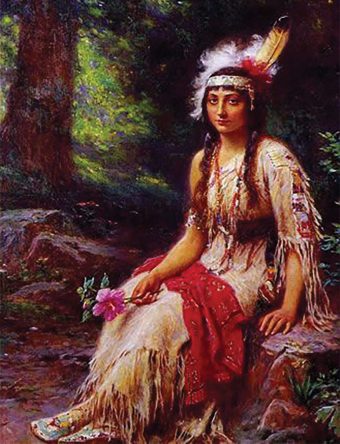
Depiction of Pocahontas. Matoax by Jean Leon Gerome Ferris, 1921
Regardless, Pocahontas began making regular visits to Jamestown. Accompanied by her father’s men, they brought food to the hungry colonists and a welcome reprieve from the fort’s cloistered environment. Still just a girl, Pocahontas taught the boys how to cartwheel, throwing arms and feet in the air, running freely about the colony, evoking laughter where recently there had been so little. Like Thomas Savage, the young English boy gifted to her father, Pocahontas was bridging the cultural divide. Day by day, she was soaking up the language, the broad strokes of their religious beliefs, the structure of colonial society.
However gradual, her perspective shifted. She was still her father’s daughter, of course, still a young Powhatan woman. But eventually, she was no longer a stranger to English custom, no longer impartial to the colony’s fate. In January 1609, Capt. Smith returned again to her village, the whole region still crippled with drought. Her father had promised him a shipload of corn in return for a grindstone, 50 swords and a laundry list of other items, but when Smith and his men arrived, Powhatan seemed unusually guarded, ordering them to leave their weapons in the boat.
“Some doubt I have of your coming hither,” he told Smith, “that makes me not so kindly seek to relieve you as I would: for many do inform me, your coming hither is not for trade, but to invade my people and possess my country.”
That evening, as Smith and his band settled in for a sleepless night, Pocahontas snuck into camp. She told them to leave immediately, that her father was plotting to kill them all. She refused their gifts with tears in her eyes, according to Smith’s account, fearful of being caught with them, and retreated back into the woods. Kupperman suspects she may have been acting once again. Understand that Pocahontas was not the fawning native princess Disney would have one believe, she says.
“Powhatan kept the English off balance by setting up threatening situations and then undermining the danger, and Pocahontas was an excellent emissary for these strategies.”
Still, the record is hardly clear. Perhaps her concern was genuine. Perhaps by then she’d grown too fond of Smith and his men to ignore their fate. As Kupperman’s new research illustrates, these young messengers — both Powhatan and English — were constantly hanging in the balance, charged with gathering information for their people yet burdened with truths neither side quite understood. They repeatedly found themselves navigating a blank map between two cultures, yawing to one side, careening toward the other, the final destination unclear, struggling always to stay afloat under conflicting loyalties.
Distrustful of the English, her father eventually moved his people farther inland, and for several years, Pocahontas stopped visiting the Europeans. A brief reprieve from the cultural juggling, from the many gray layers of interpretation and translation, of subtle correction and sly calibration, a burden few others in her tribe could fully grasp, her own father included. Now that Pocahontas was considered an adult, Powhatan arranged her marriage to a Powhatan man, though it wouldn’t last long.
In 1613, she returned again to Jamestown, this time against her will. She’d been sold out to the colonists by the chief of a neighboring tribe, coaxed aboard an English ship and held for ransom: for the English prisoners under Powhatan’s guard, for stolen tools and guns, for more corn. She would never see her husband, her father, most of her tribe again. She wasn’t smiling this time. No cartwheels. No laughter.
She was still an English captive, still in Jamestown, when she met John Rolfe, but he insisted the love between them was real. She reflected “a great appearance of love to me,” he wrote, taught him how to grow sweet tobacco and likely a host of other skills sorely needed in the colony. Whether Pocahontas felt the same or simply “appeared” so, we don’t know. Nor do we know how truly she believed in the Christian God, but she was baptized nonetheless. When the acting governor learned of her budding relationship with Rolfe, of her education in Puritanism by a theologian in the colony, he scrapped his plans for a trade. Her conversion was worth far more to the Virginia Company than anything Powhatan could offer. Here was proof of concept, the results they needed to garner support and funding for Jamestown back in England.
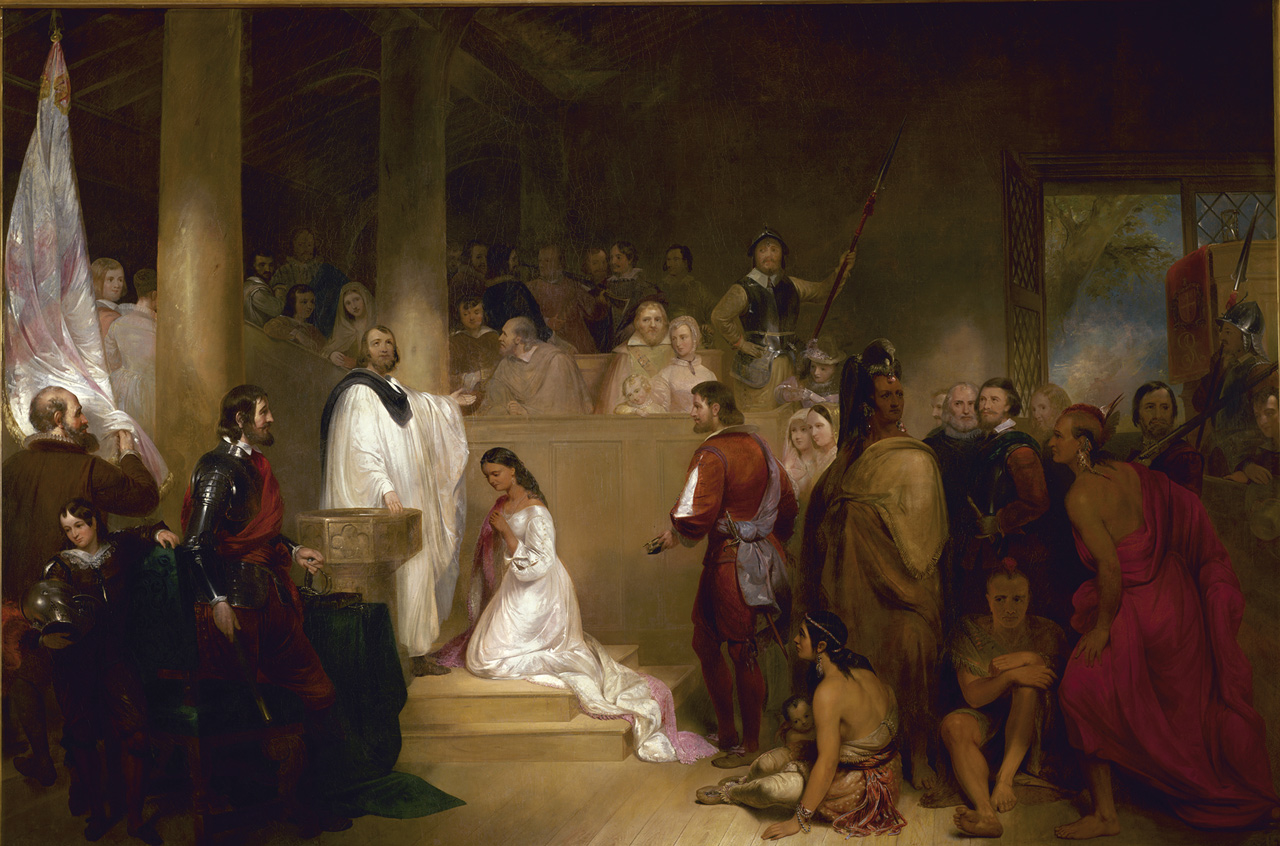
Some believe Pocahontas was the earliest Native American convert to Christianity in the English colonies. Baptism of Pocahontas by John Gadsby Chapman, 1839
“Many across Europe believed they were living in the Last Days foretold in the Book of Revelations,” Kupperman says. “God had revealed the existence of these continents previously unknown to Europeans so that their people could be converted, thus bringing about the culmination of history. Pocahontas’ conversion was also proof that God favored the Virginia venture.”
Of course, in teaching Rolfe how to grow sweet tobacco — the colony’s only profitable export —Pocahontas had already handed Jamestown its greatest boon to date. But the apparent conversion of the great Powhatan’s daughter to Christianity was an opportunity they couldn’t afford to ignore. Thus, not long after the birth of Thomas, her first and only child, she found herself halfway across the Atlantic, the Christian wife of an English gentleman, supposedly the “first fruits of Virginia,” gearing up for her lavish London debut, her old life sinking below the horizon.
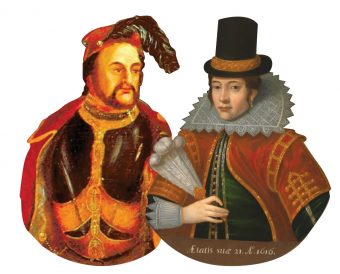
John Rolfe, above left, and Pocahontas, above right, married in 1614 and two years later traveled to England, where she would have been known as Lady Rebecca. Rolfe’s image is excerpted from John Rolfe and Pocahontas by James William Glass, circa 1850; Lady Rebecca’s Booton Hall portrait is by an unknown 18th-century artist based on a 1616 engraving by Simon van de Passe.
“Whatever physical illness she had was made far worse by the stress she felt,” Kupperman writes, adding another new wrinkle to the narrative, and soon it was all too much. Just 30 miles downstream, Pocahontas was taken ashore at Gravesend, one foot amongst the living, another in death, straddling worlds yet again. Who was she in those final hours? A Powhatan woman? An English elite? She’d spent most of her young life between warring cultures, her loyalties divided, expanded, twisted, shot through. And she’d given birth to a child with the blood of both.
But her own acculturation — no matter how complete — was one thing; converting the rest of her people was quite another, and in the end, the very idea may have killed her. “As long as she was in England, or even in the English colony, she could occupy the role of the celebrated first convert,” Kupperman writes. “But to go among her own people and try to subvert the very basis of their culture and traditions must have seemed impossible to her.”
On March 21, 1617, Pocahontas was buried in the chancel of St. George’s Church in Gravesend, one final reflection of her newfound status. She was just 20 years old, the weight of the world lifted — at last — from her shoulders. Soon after her burial, the ship continued down the Thames, bound for Tsenacomaca, her husband and child on board.
Carson Vaughan’s writing has appeared in The New York Times, The New Yorker, The Atlantic, The Guardian, The Paris Review Daily and Outside. His first book of literary nonfiction, Zoo Nebraska: The Dismantling of an American Dream, was published by Little A in April of 2019.
To read more articles like this, become a Mizzou Alumni Association member and receive MIZZOU magazine in your mailbox. Click here to join.

